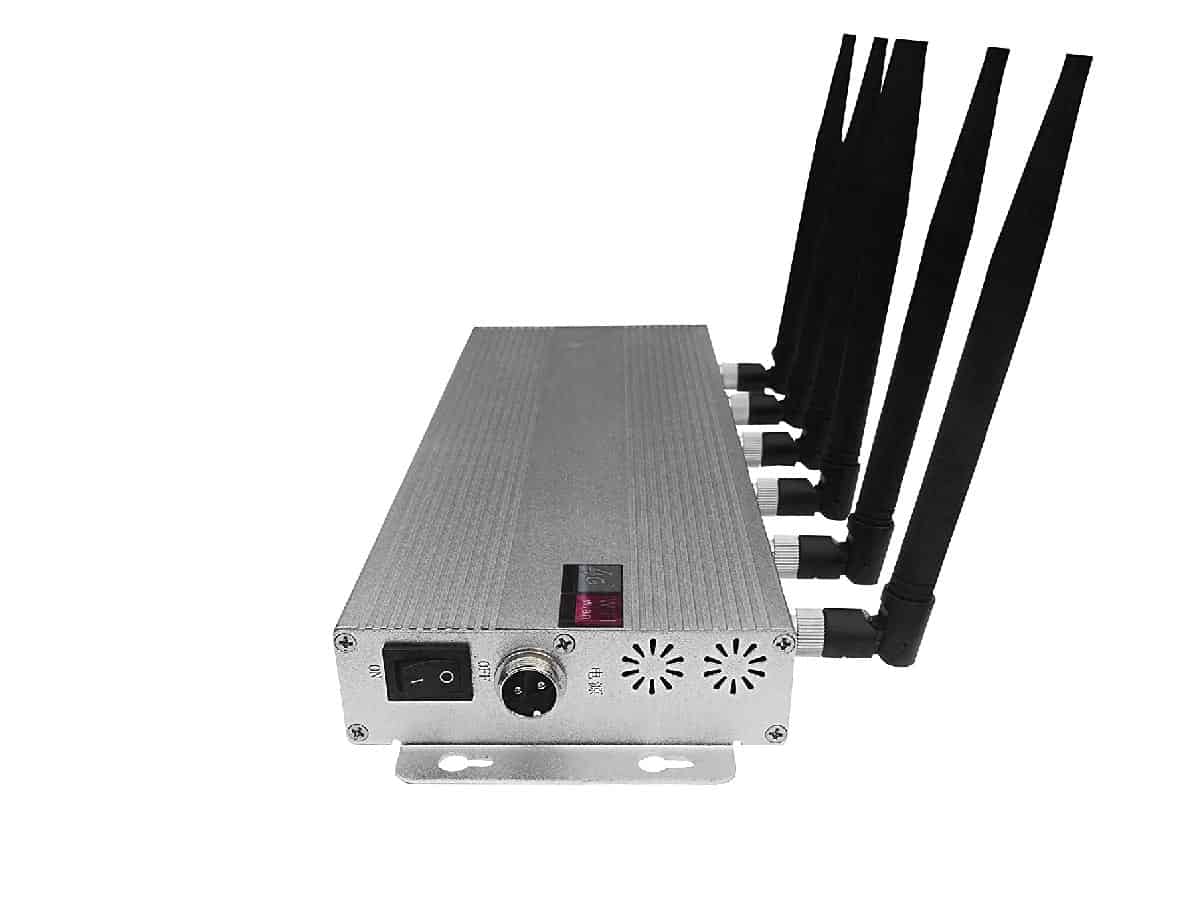
Cell phones are used everywhere these modern days. According to a study by the Cellular Telecommunications and Internet Association, there were nearly 195 million people in the United States who used cell phone services in October 2005. And cell phones are even more global in Europe. To avoid the connection of cell phones, signal jammer is introduced.
It’s a great option to be offered the chance to call anybody at any time. Unfortunately, restaurants, movie theaters, performances, shopping malls, and churches all suffer from the range of cell phones, as not all cellphone users recognize where to talk and when to stop a conversation.
To avoid the conversation about an extremely personal state as the talker a share warm specifics with his friend and disturbs everyone else in the area. So, to avoid such disturbances, signal jammer is used in most public places.
Cell phones are principally connected by two-way radio frequency. And if the radio signal is disturbed or jammed, the communication with the other end will also be disturbed, so you can’t communicate with the other person until the signal gets back.

A cell phone only works properly through its service network with the help of a cell tower or base station. Cell towers are divided by the city into small areas and streets. As a user moves over the street, the signal is offered from tower to tower.
A jammer device transmits the same radio frequencies as a cell phone and disrupts the connection between the two phones at their base positions in the tower. This process is called a denial-of-service attack. The jammer disturbs the wireless range for cell phone users within range of the blocking device. The range of the jammer depends on its efficiency and the local atmosphere, which may include mountains, walls, or dividers within a building.

















